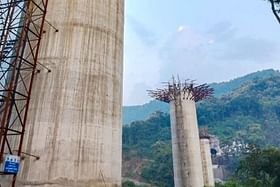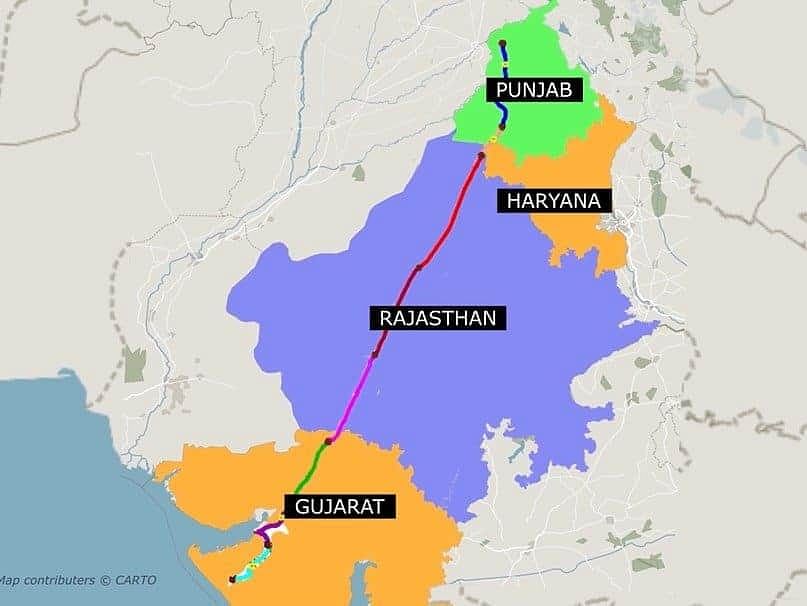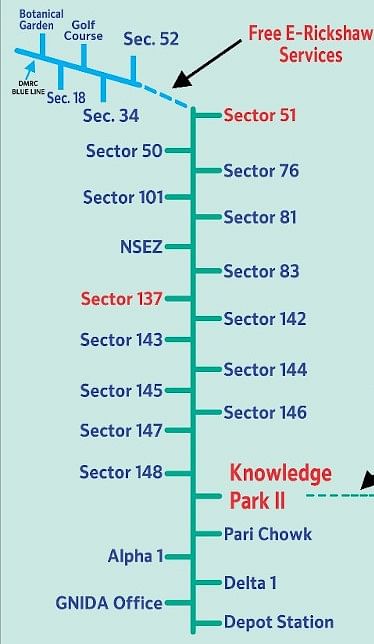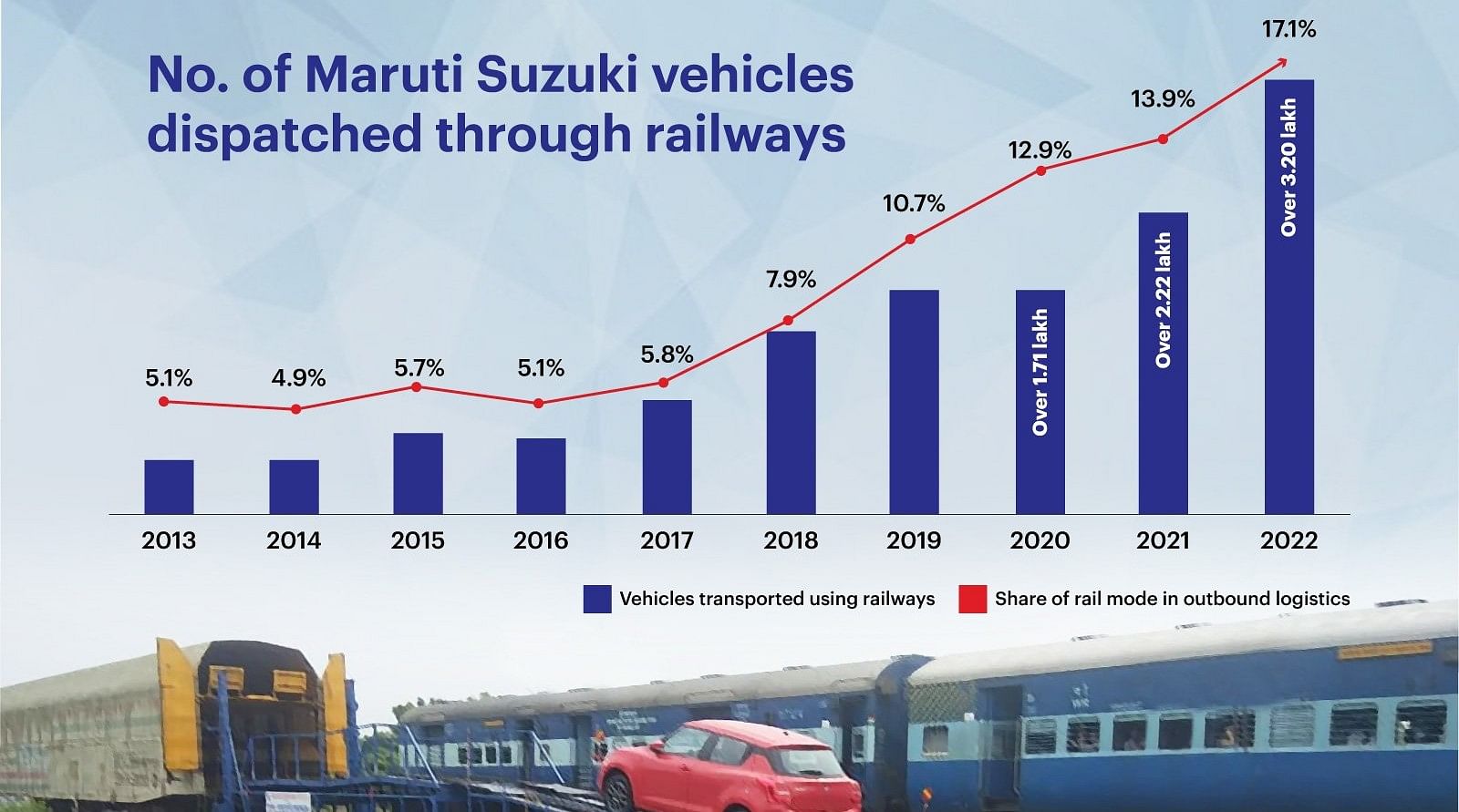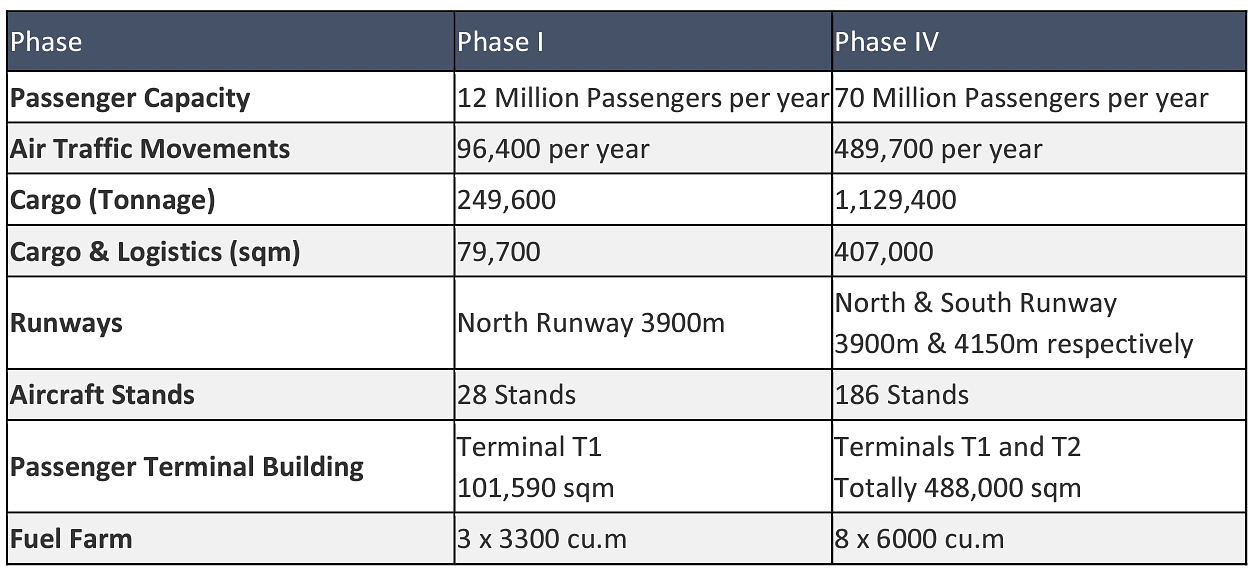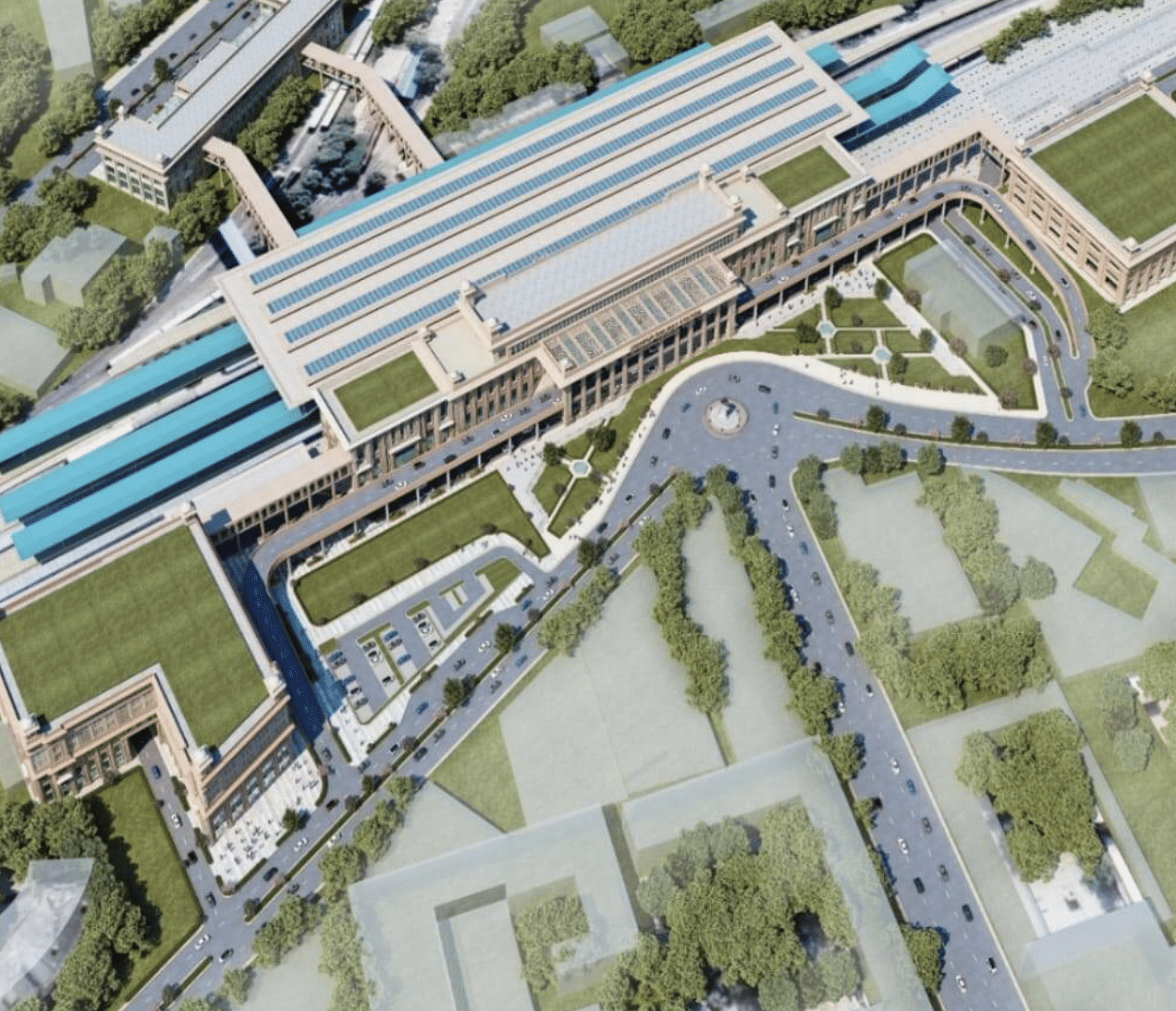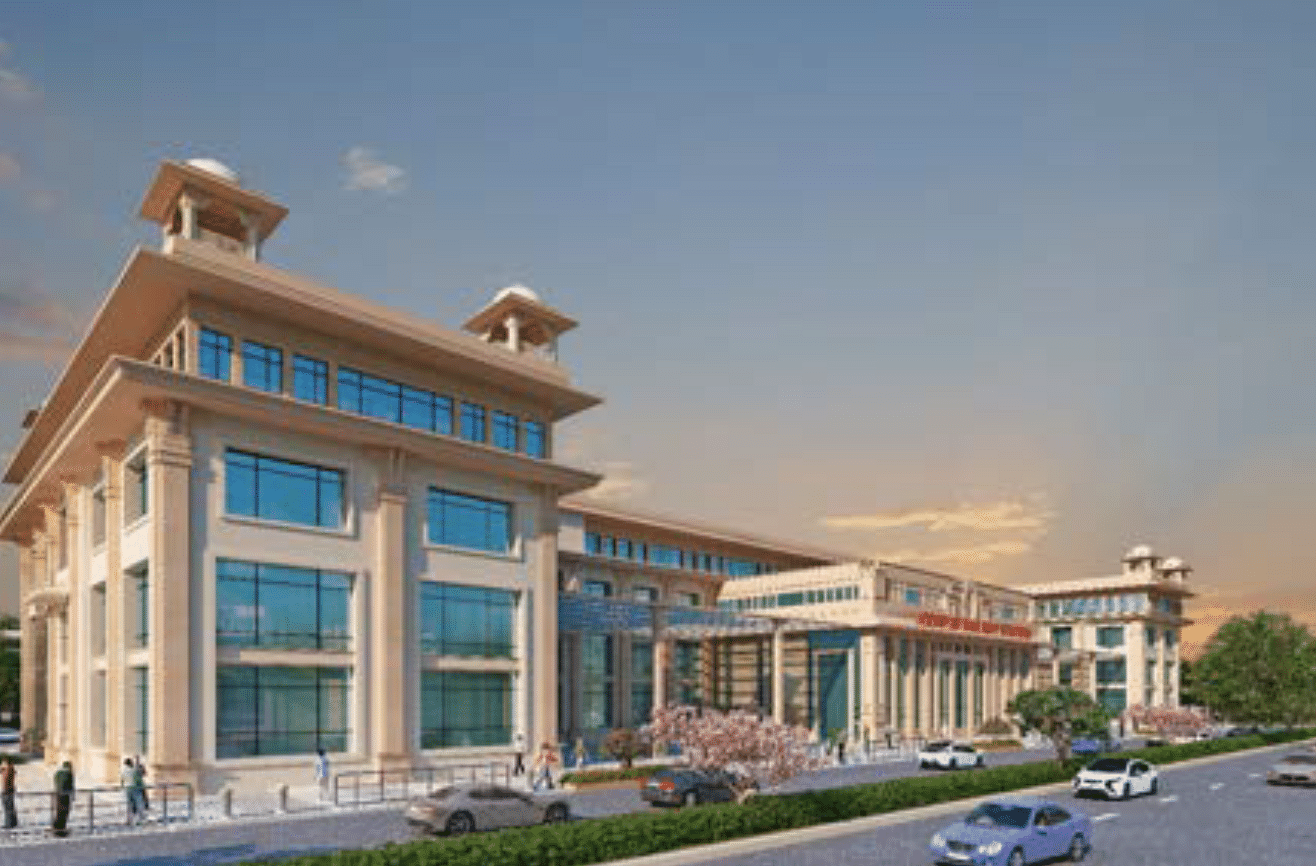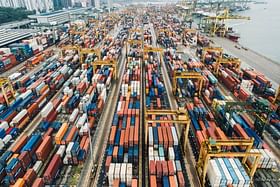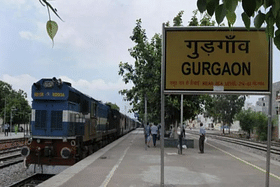The Sivok-Rangpo Rail Line Project has crossed the halfway mark with 51 per cent work completed, informed the Ministry of Railways on Wednesday.
The Broad-Gauge project of national importance will bring Sikkim under the Indian Railways network.
All the North Eastern states except Sikkim have been connected to the rail network. As such, the 44.96-km-long railway line was conceptualized to connect Sivok in West Bengal with Rangpo in Sikkim.
Major Breakthrough on Tunnels
Out of its total length of 44.96 km, 38.65 km (86 per cent) is in tunnels, 2.24 km (5 per cent) in bridges and just 4.79 km (9 per cent) length in open cutting or filling of station yards.
According to the progress report shared by Indian railways, tunnel mining work has been completed on 25.36 km of the project, which is about 65 per cent of the total tunnel length.
The project has also achieved tunnel breakthrough on five out of a total of 14 tunnels – a major achievement as there are many difficulties due to poor geology in the new Himalayan range. These include T9 (542 mtr), T11 (960 mtr), T12 (1.406 km),
In civil engineering parlance, a breakthrough is defined when a tunnel boring machine (TBM) when lowered in a particular shaft manages to bore through the defined geological route and emerges successfully at a designated end.
To counter vulnerability of the groundmass, latest and most sophisticated tunnelling technology, called NATM (New Austrian Tunnelling Method) has been employed on this critical project.
Similarly work on other civil structure on Sivok-Rangpo railway line project is progressing in full throttle. While 42 per cent work has been completed on the 13 major bridges, five minor bridges out of six are completed.
Long Delay
The 45-km-long rail line project was included in the Union Budget of 2008. The foundation stone for the project was laid down by then Railway minister, Mamata Banerjee, in 2009 and was supposed to be completed by 2015.
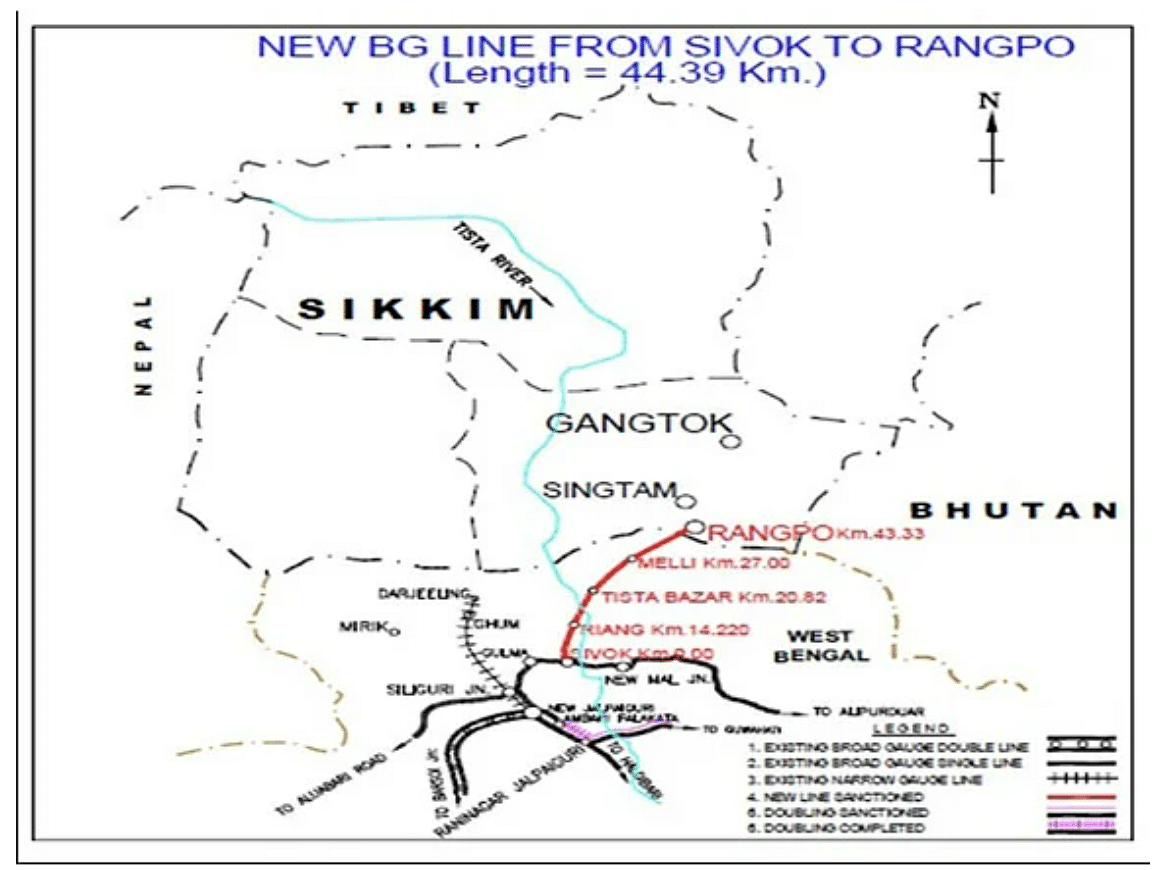
However, the project remained stalled due to delays in land acquisition and forest clearances.
The work of rail connectivity made quick progress after Prime Minister Narendra Modi ticked off officials from the railways and the West Bengal government in early 2021.
The government has set December 2023 as the deadline for this crucial North East connectivity project.
Significance
Currently, Sikkim is dependent solely on NH-10A from Siliguri. The highway gets disrupted due to frequent landslides during monsoons. The new railway line will provide all weather connectivity to Sikkim.
Once completed, the national project is expected to boost connectivity of the land locked state which shares its borders with three neighbouring countries – China, Nepal and Bhutan apart from being strategically important.
This project will provide strategic advantage to the defence forces of India and also foster increased commerce, tourism and transportation while opening up new economic opportunities.
